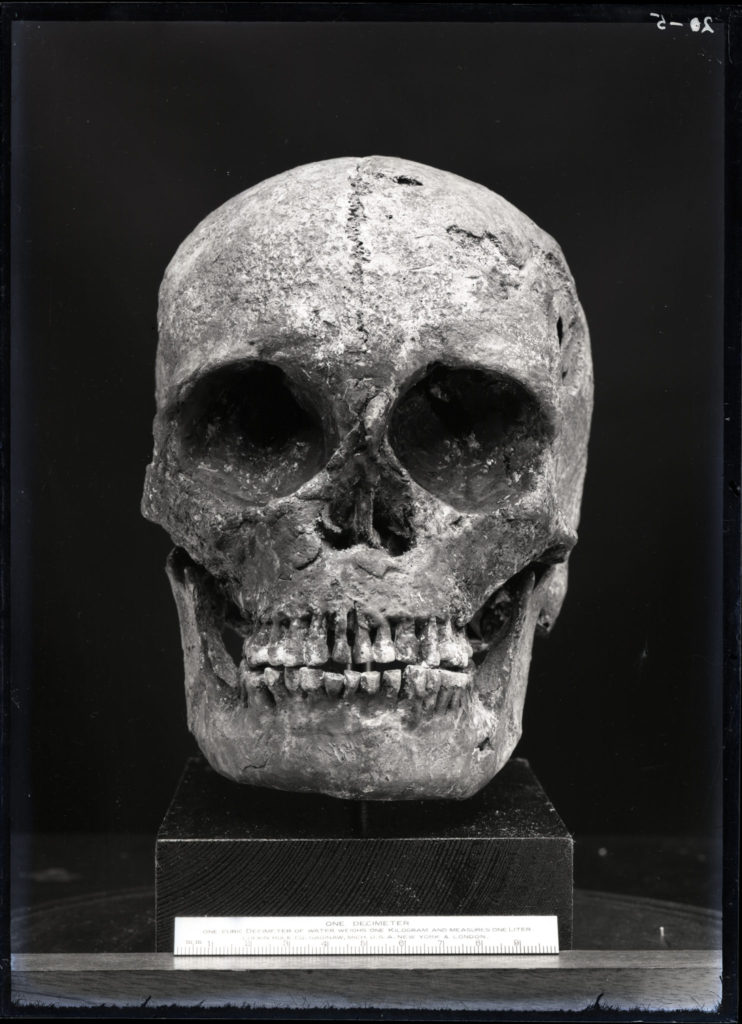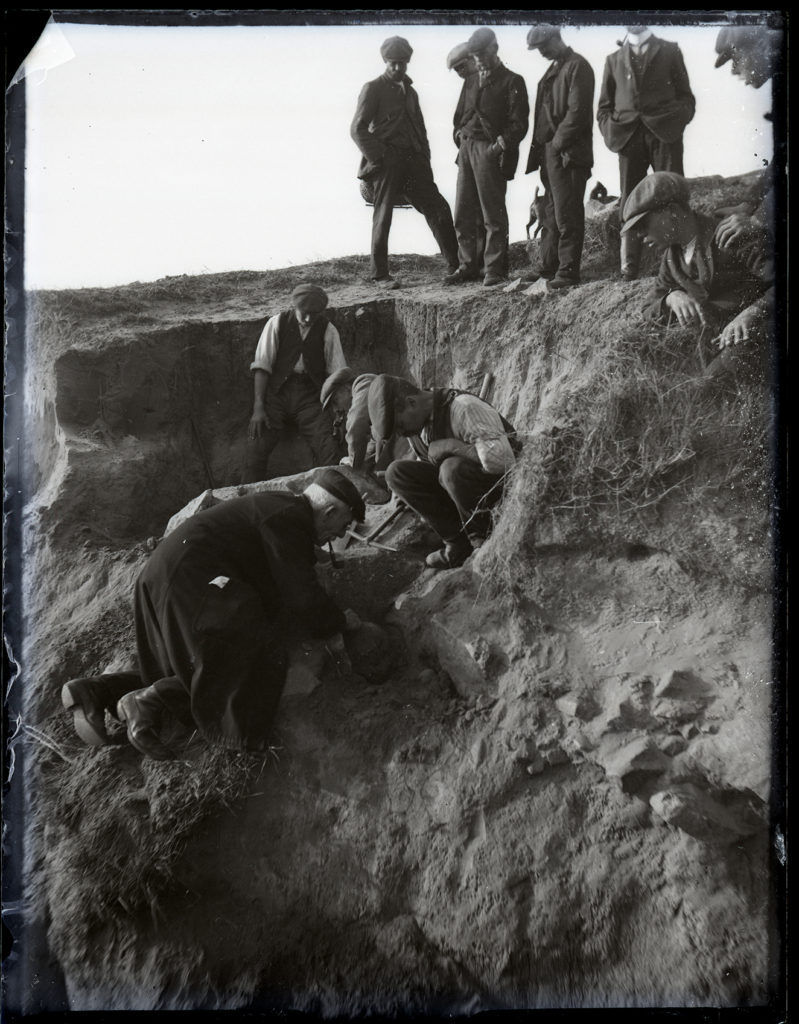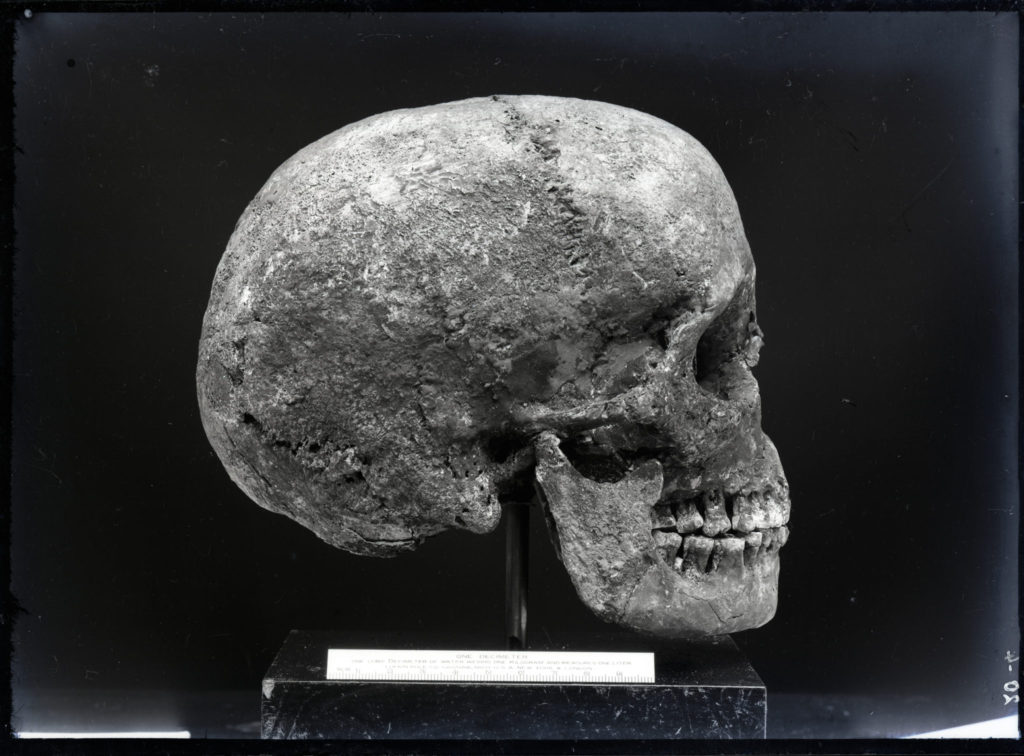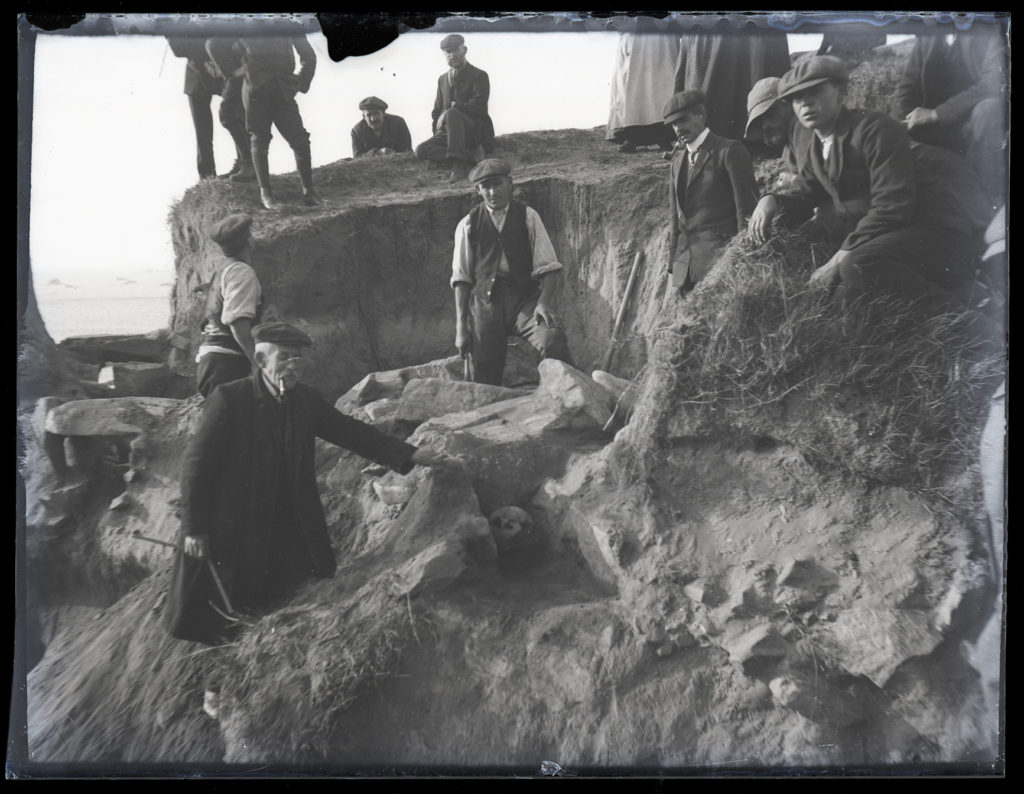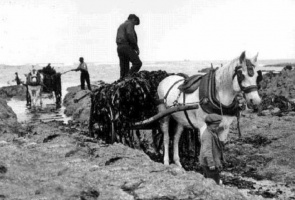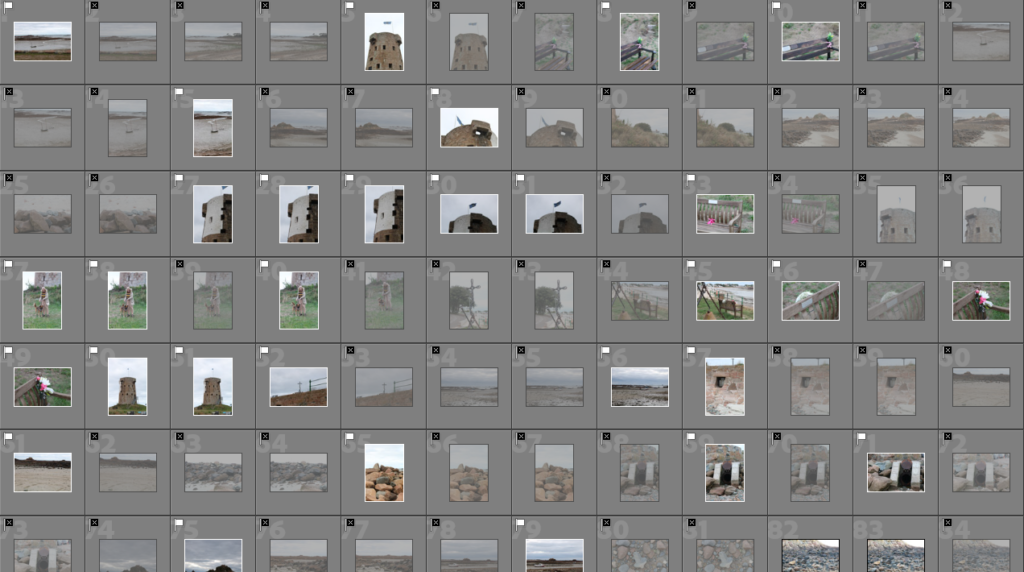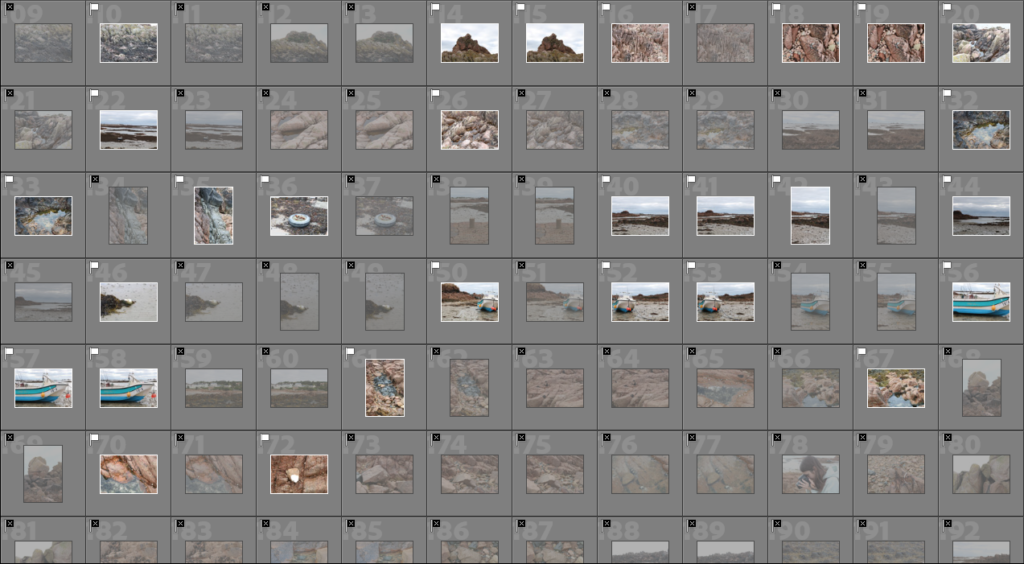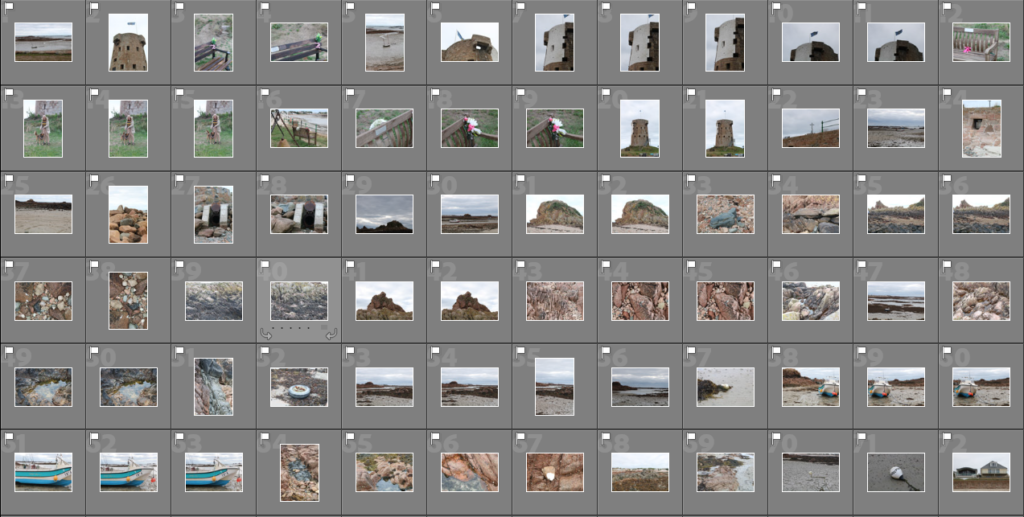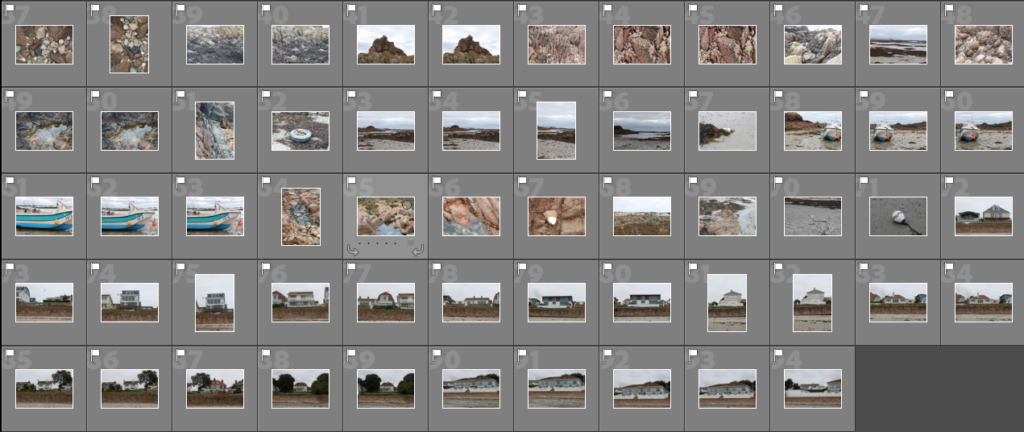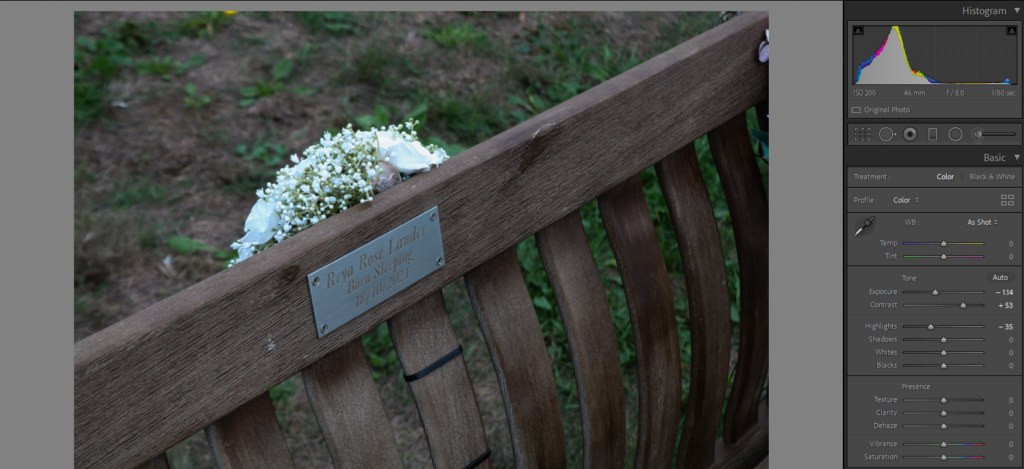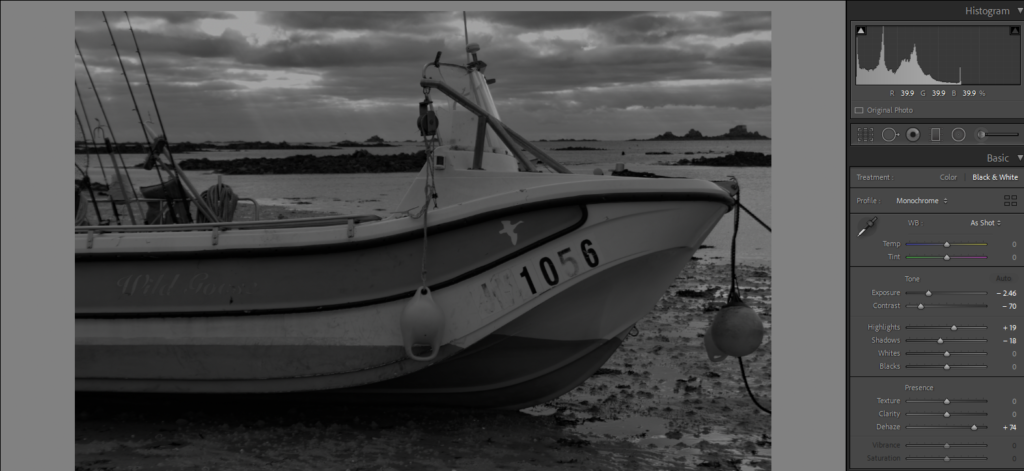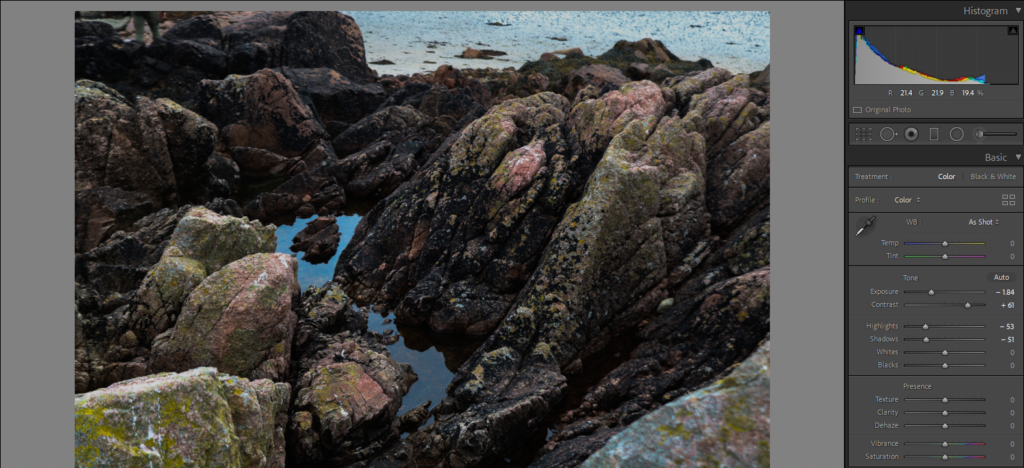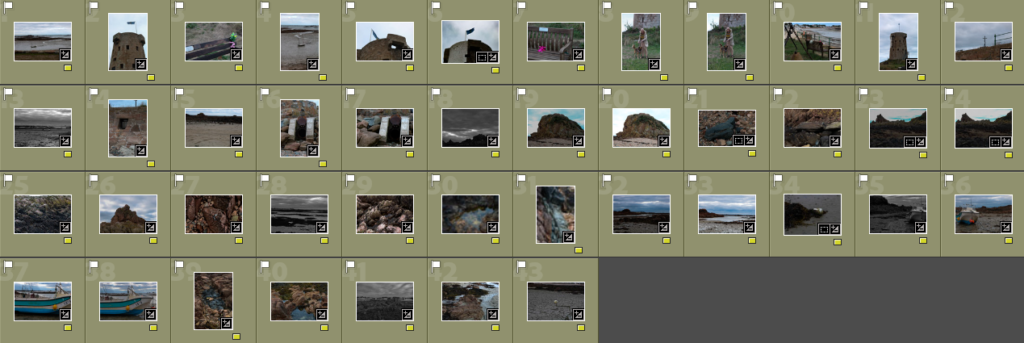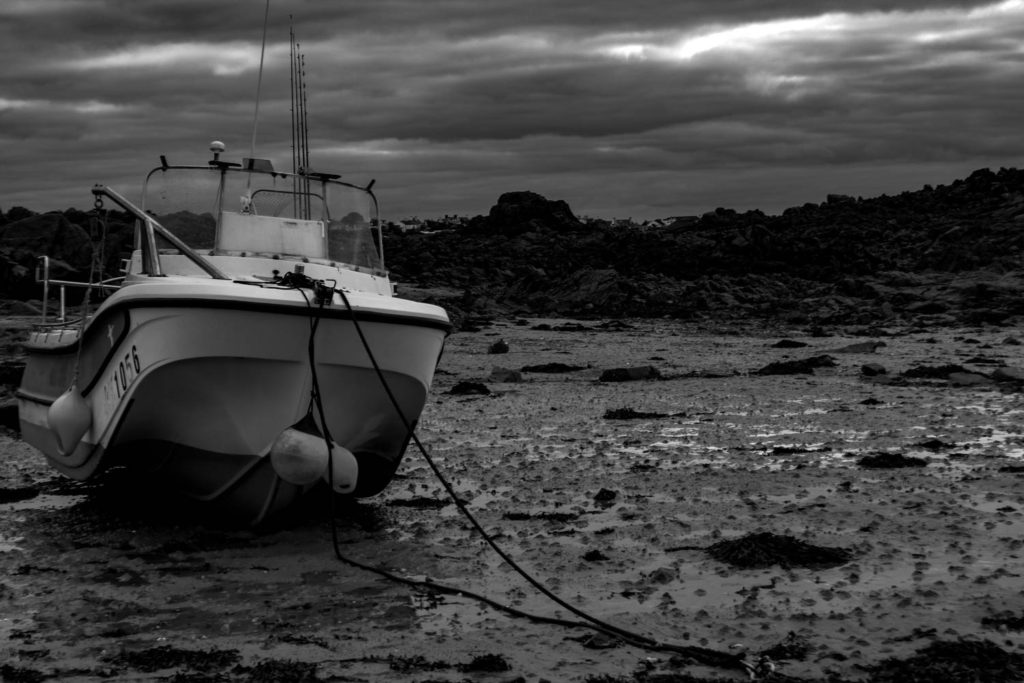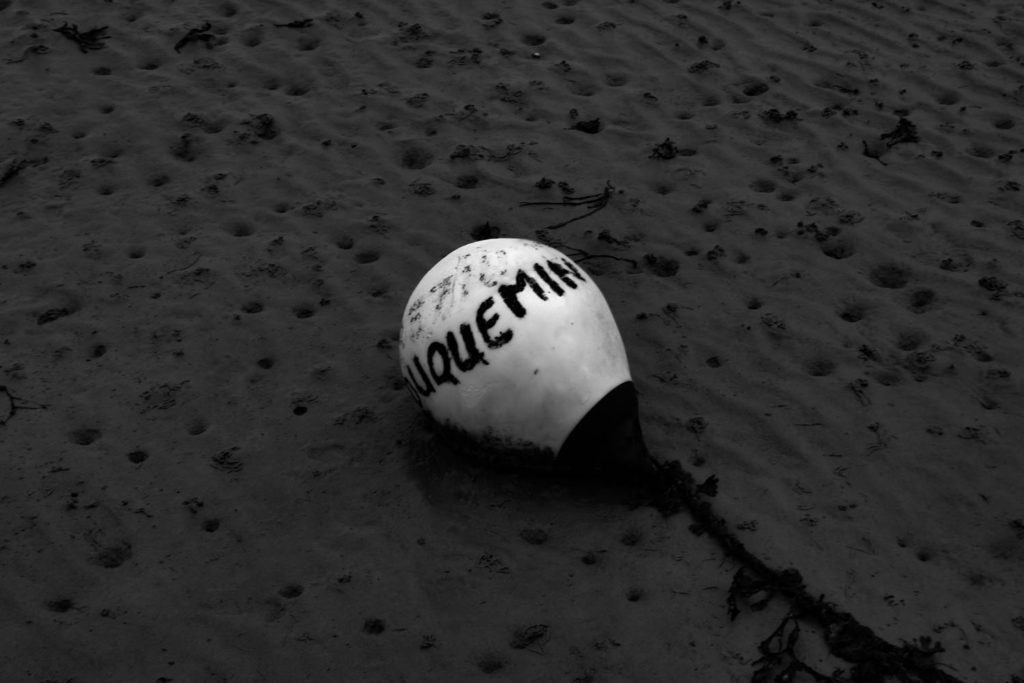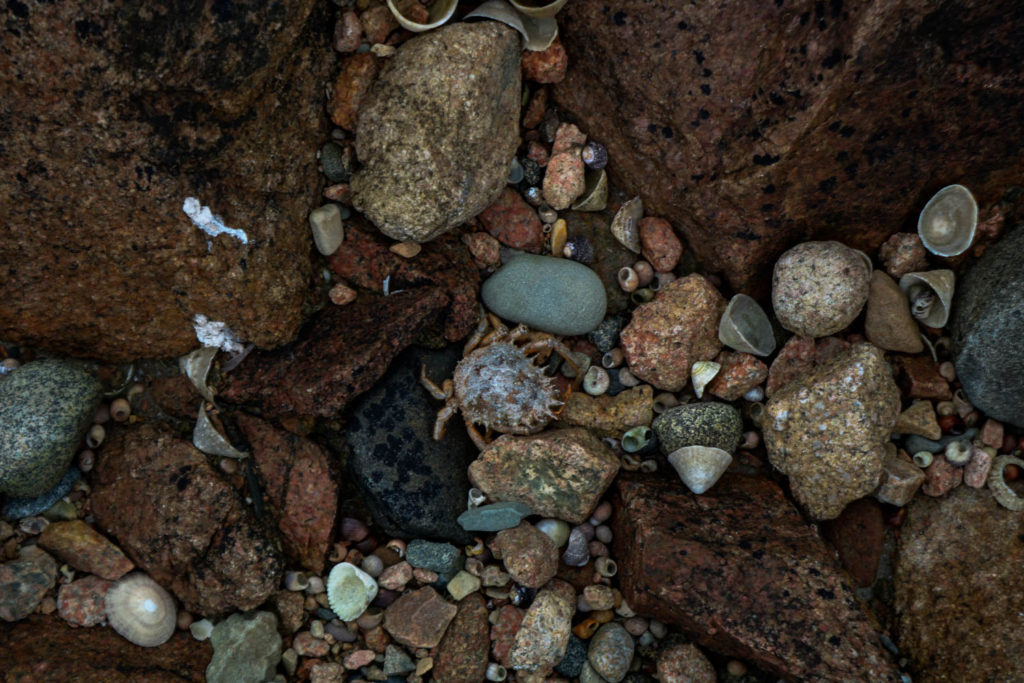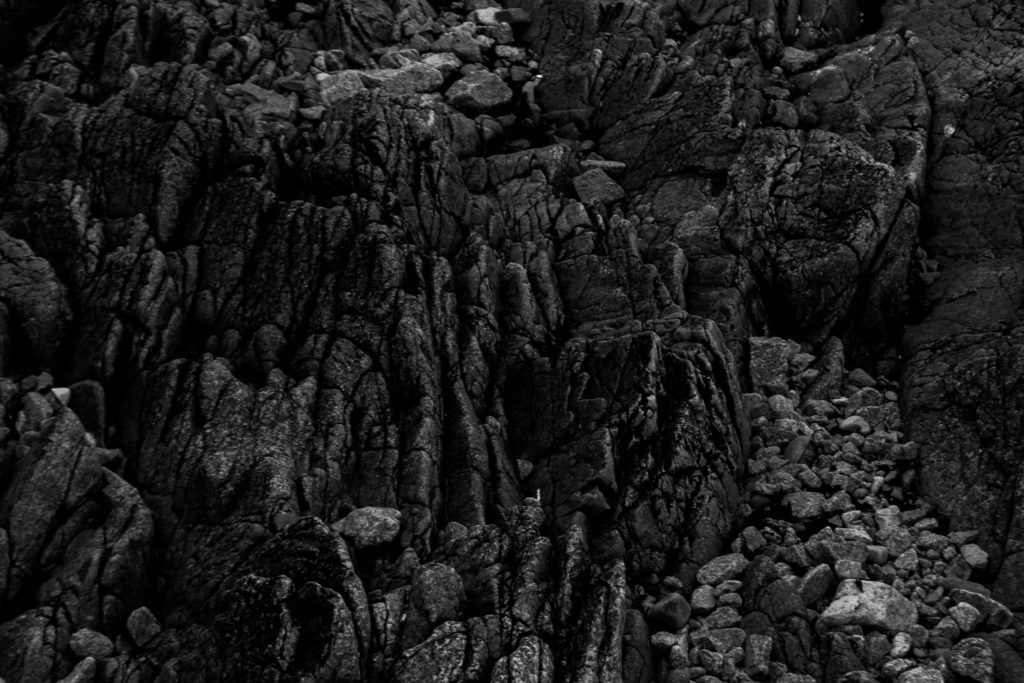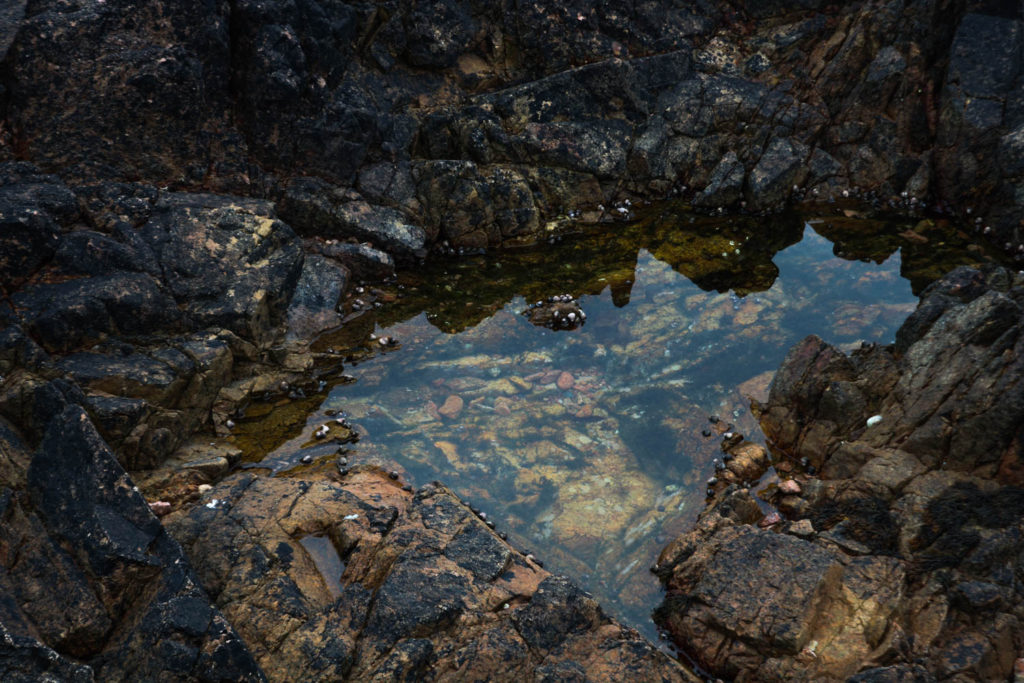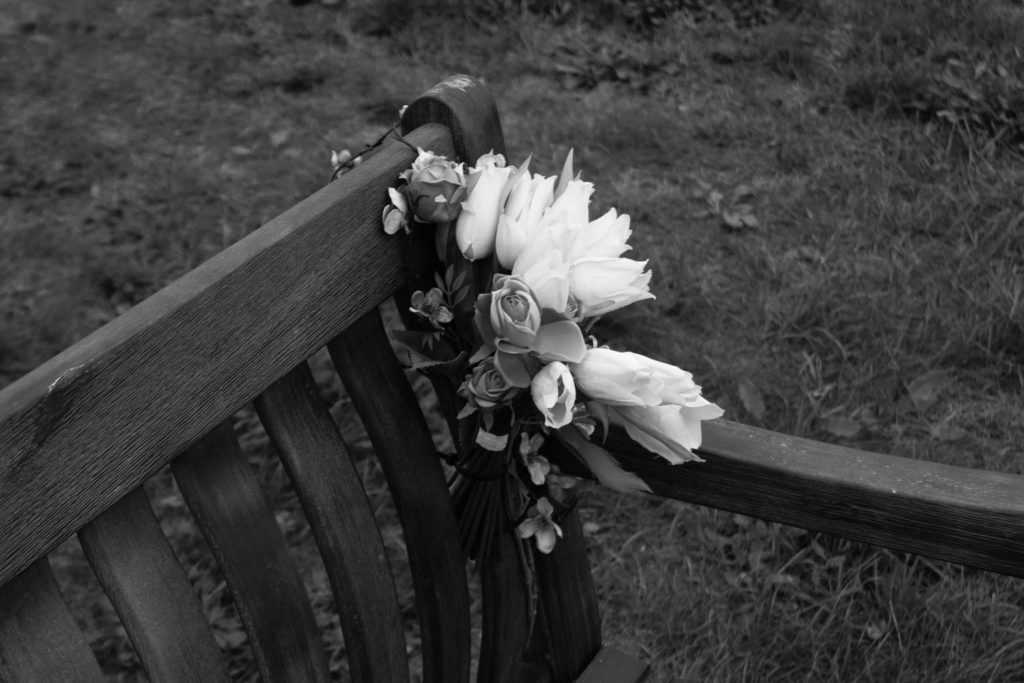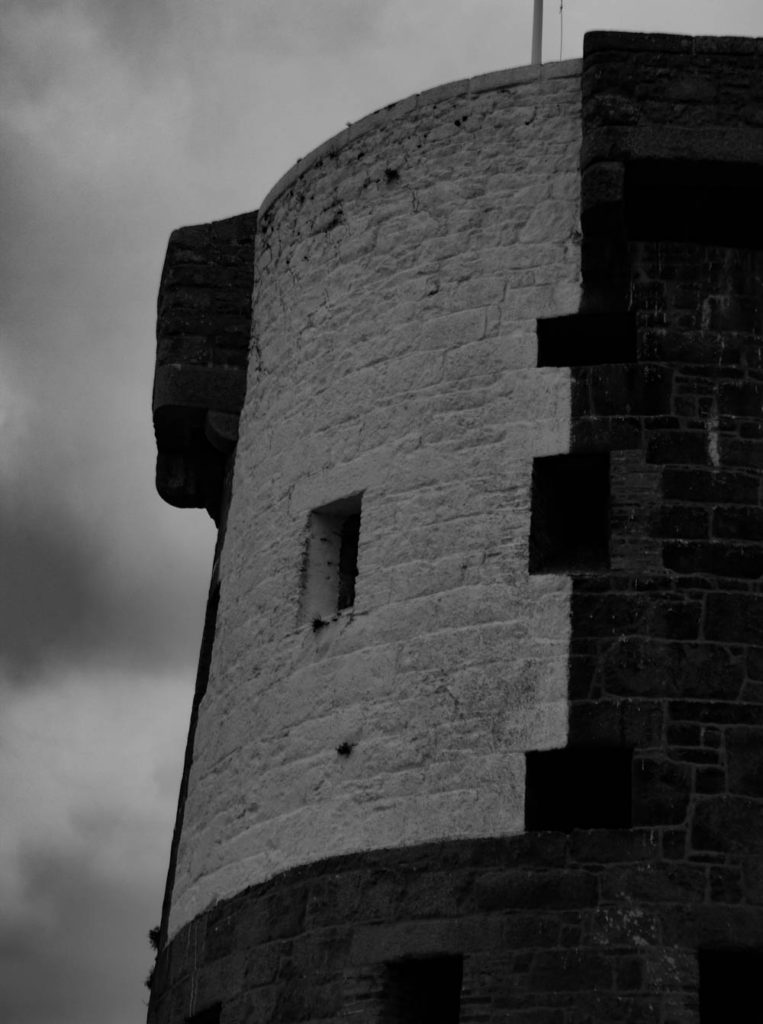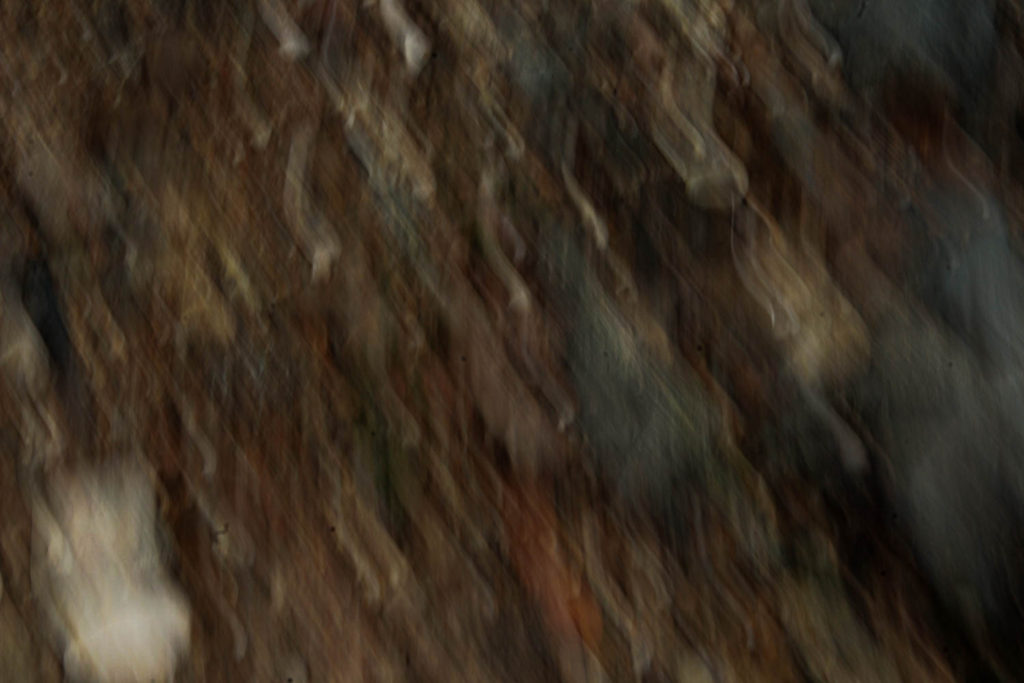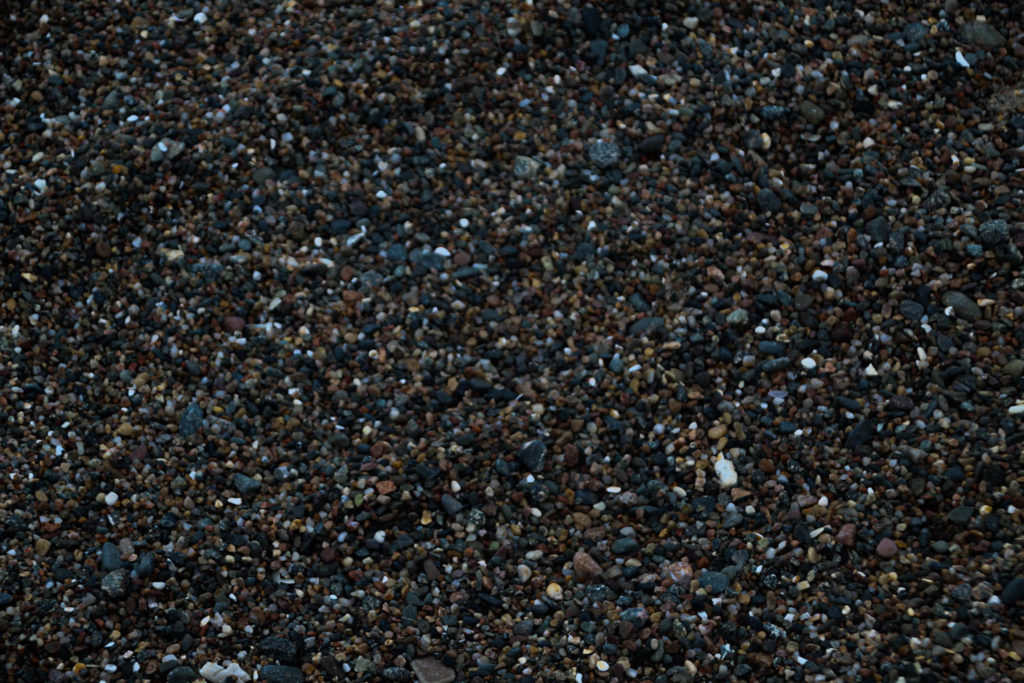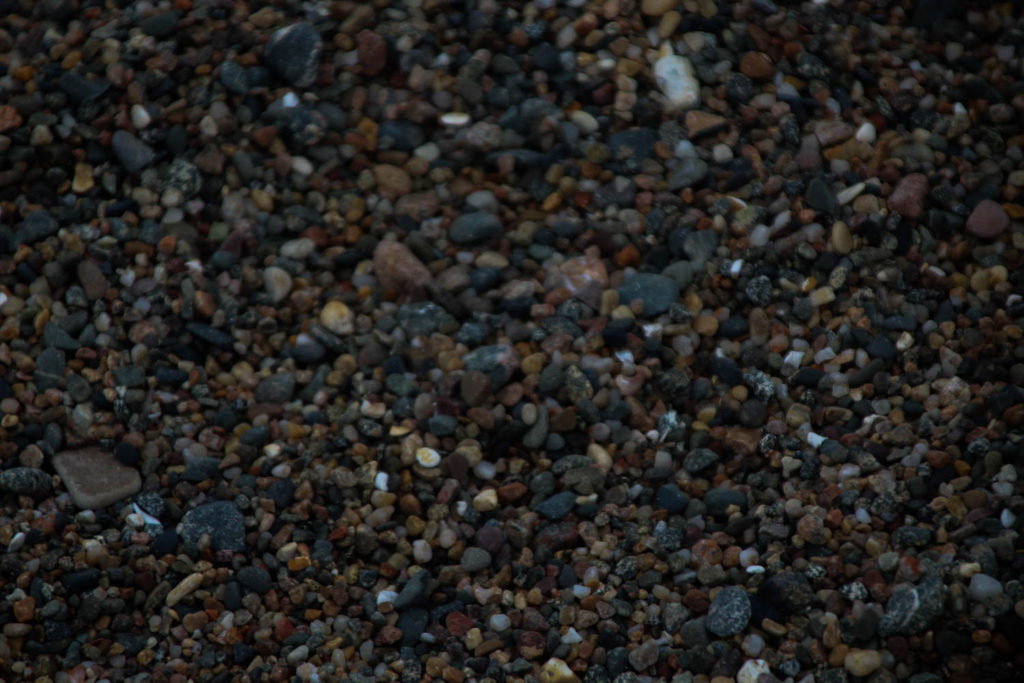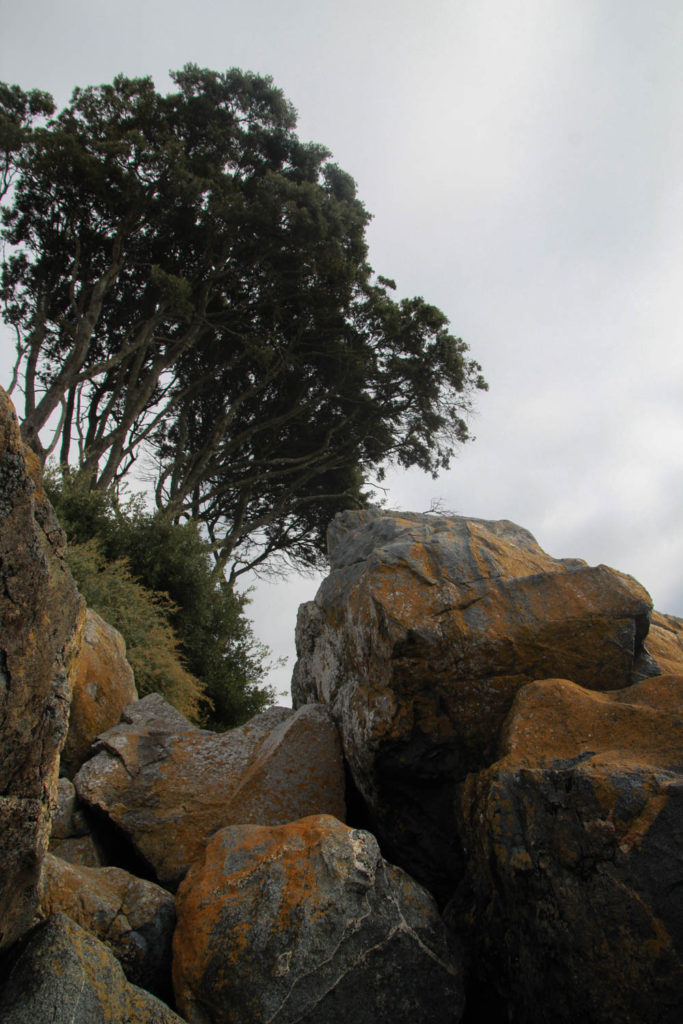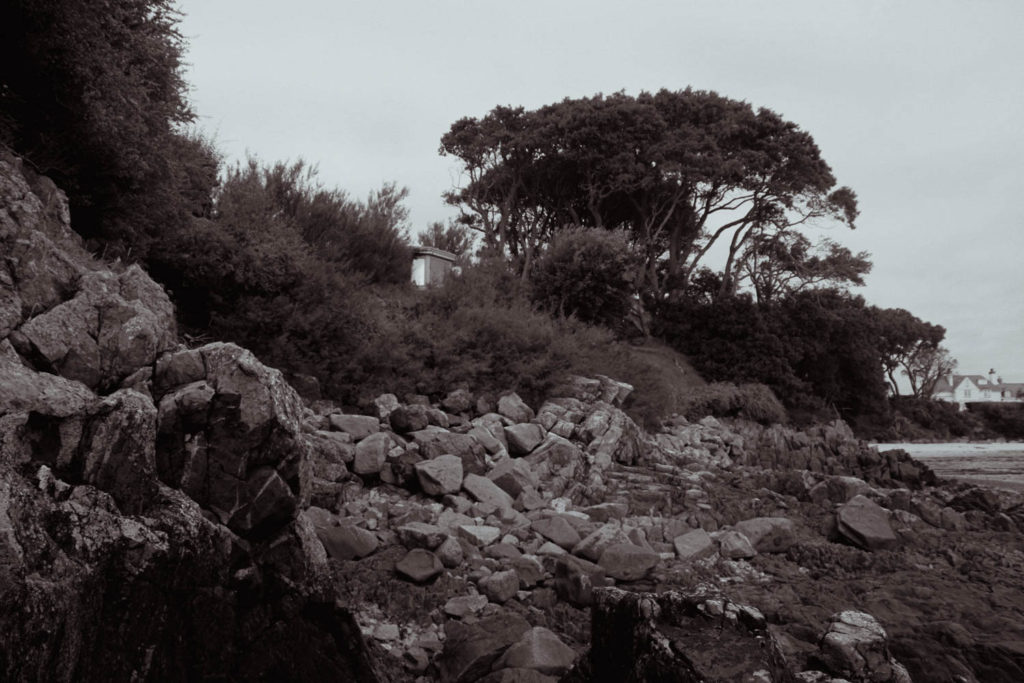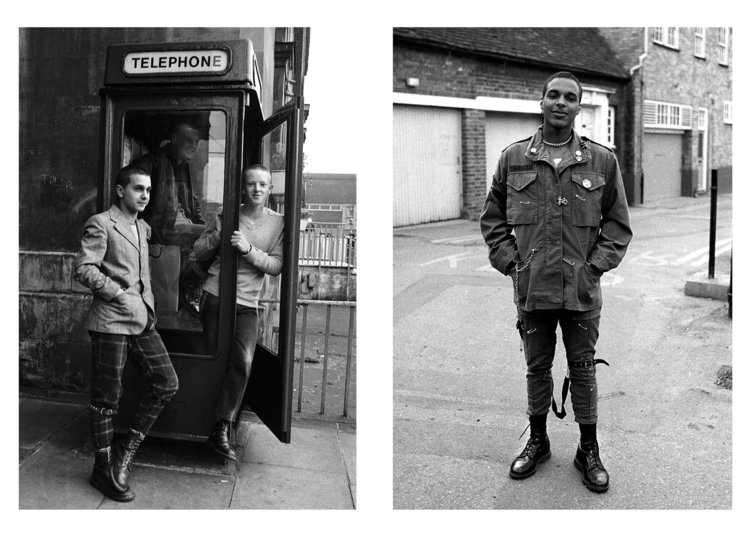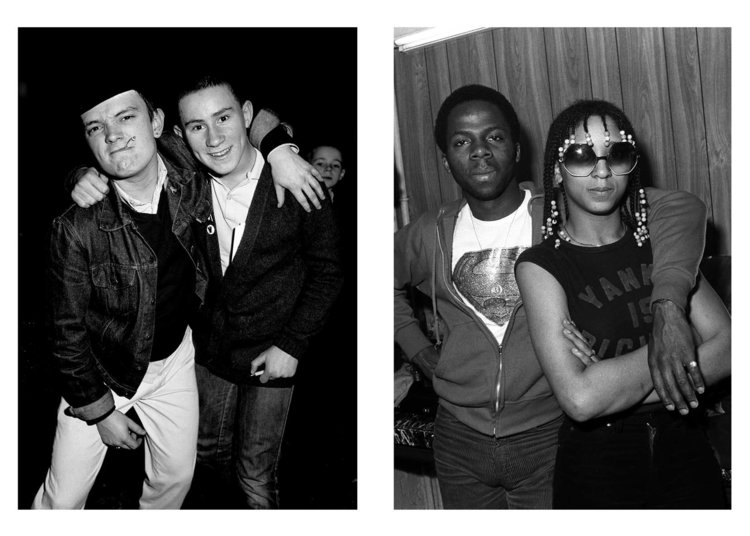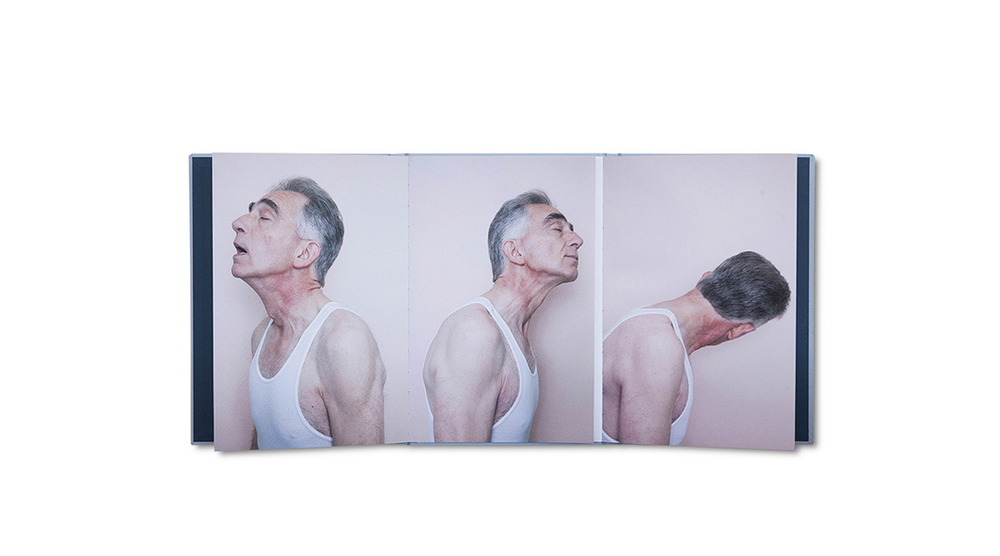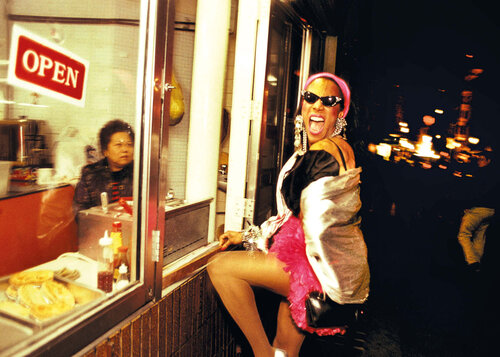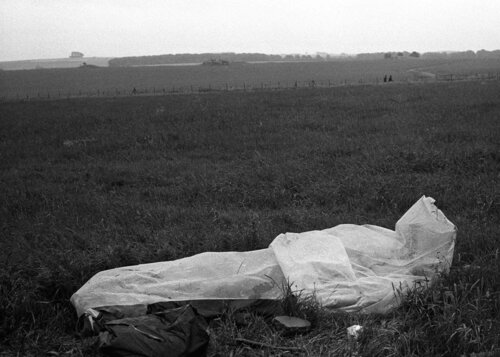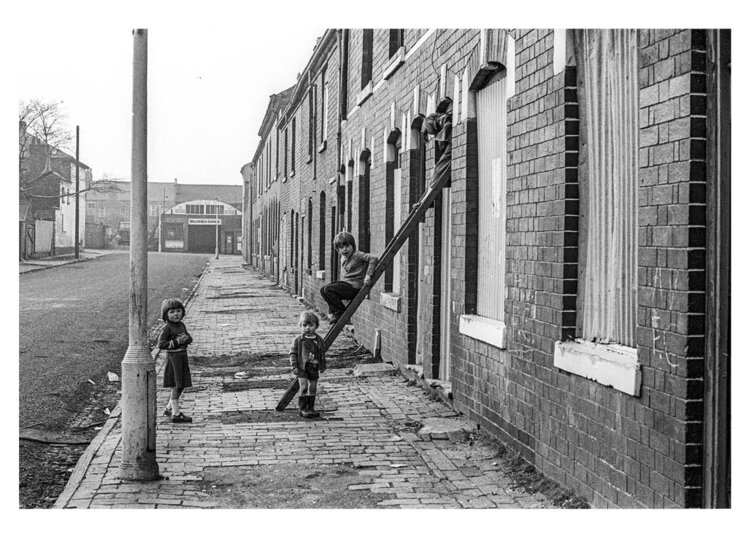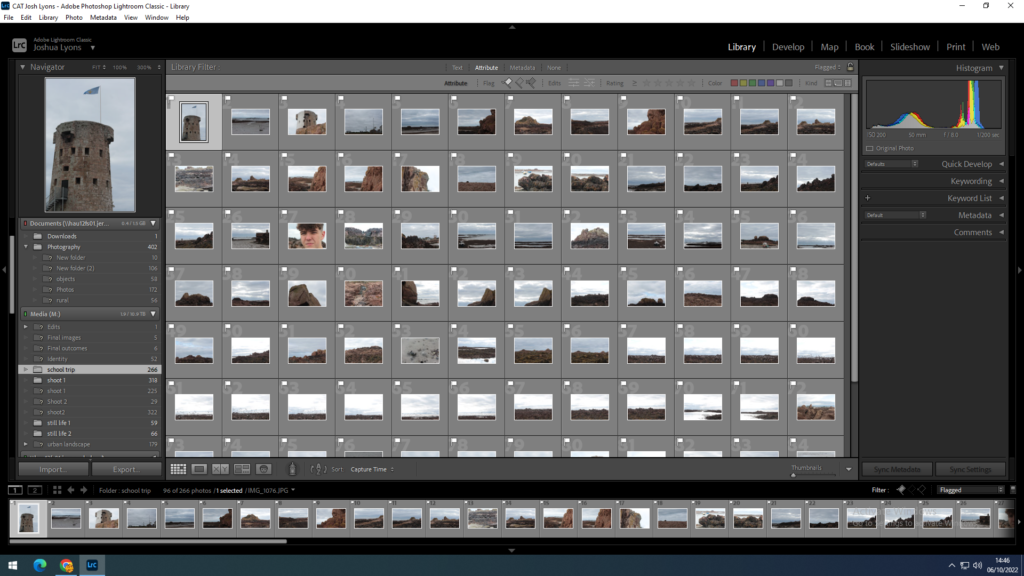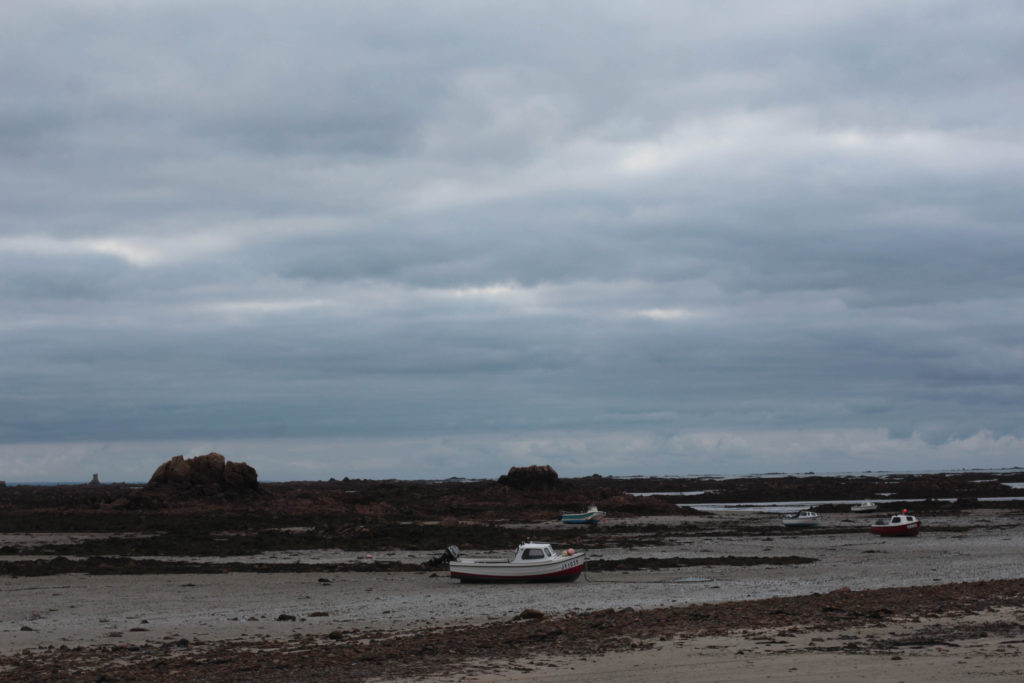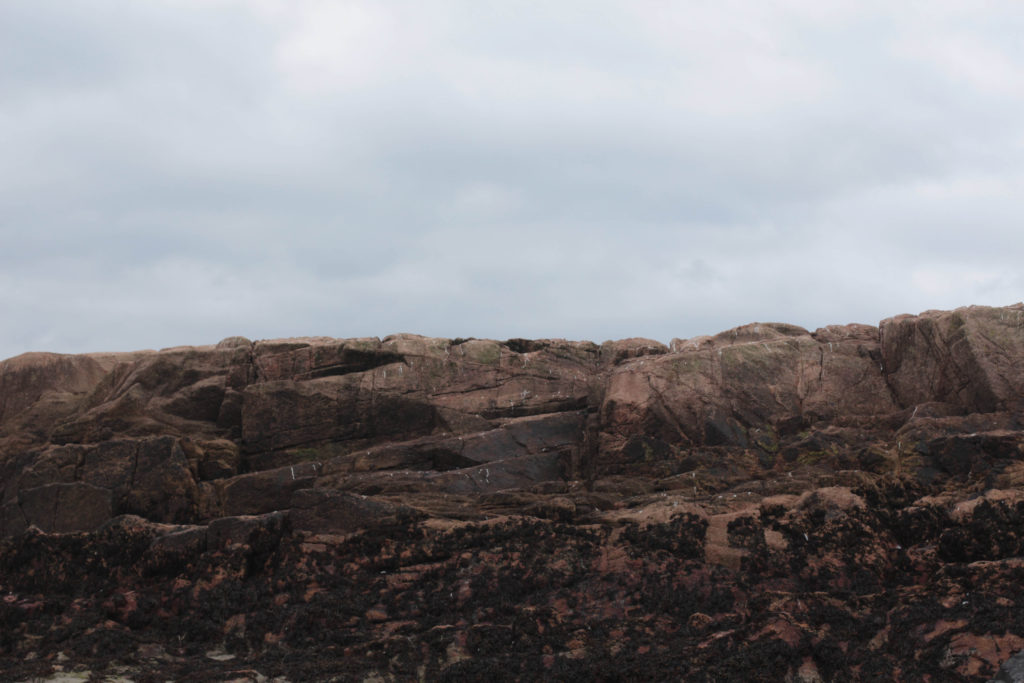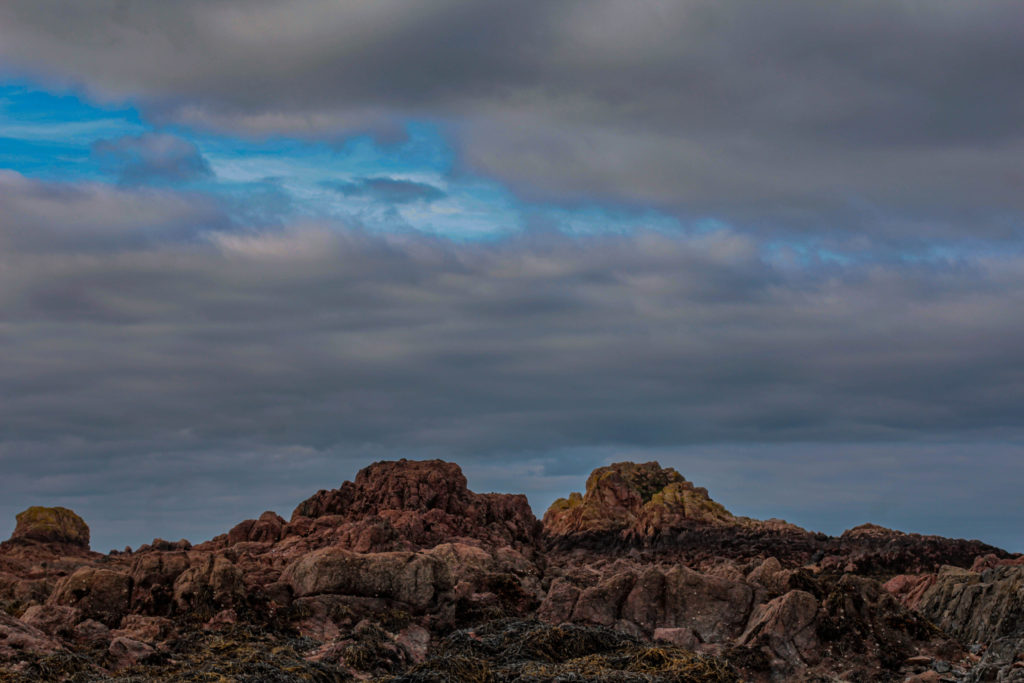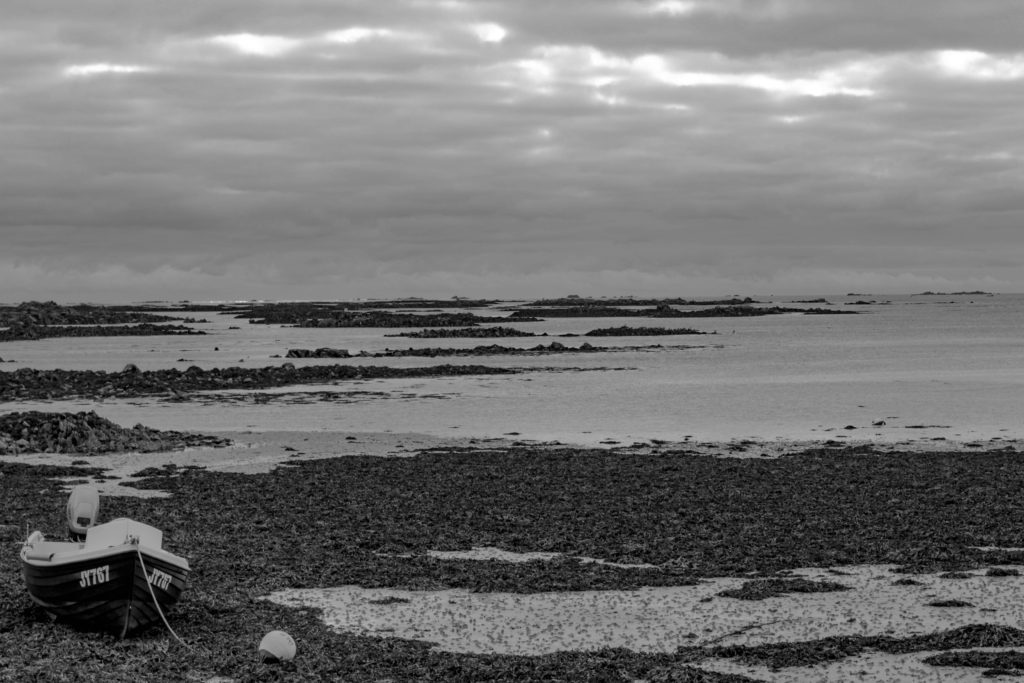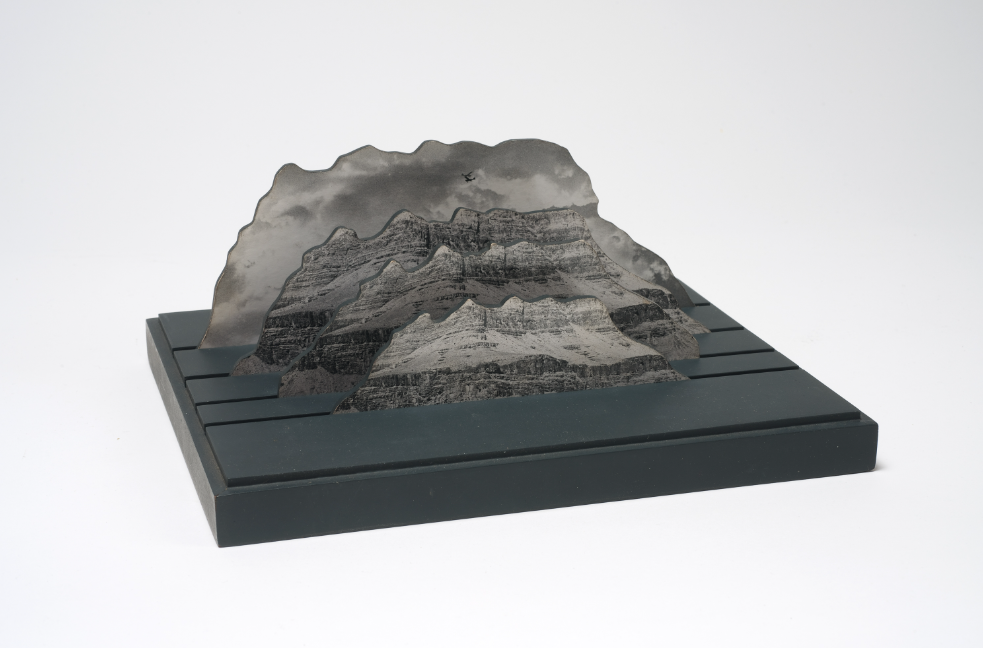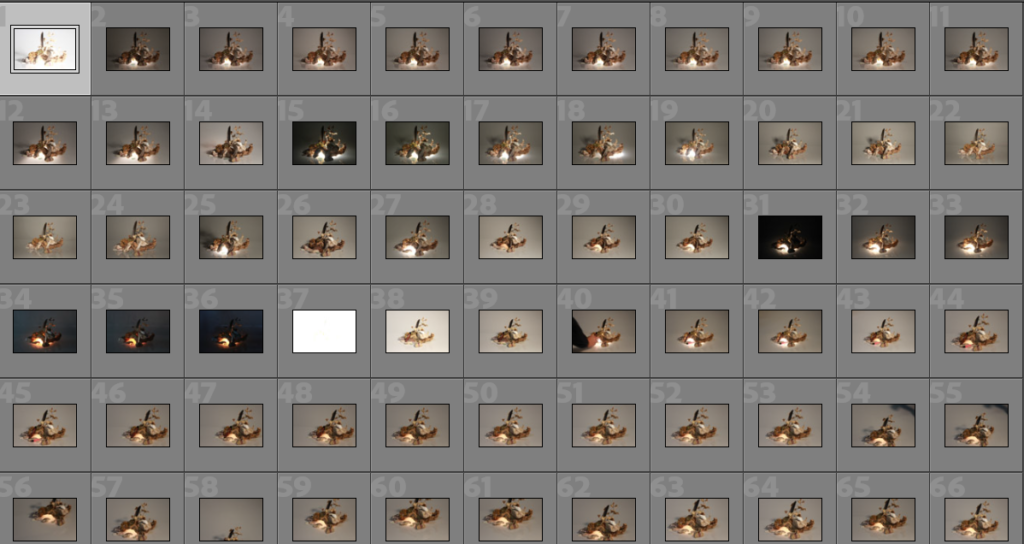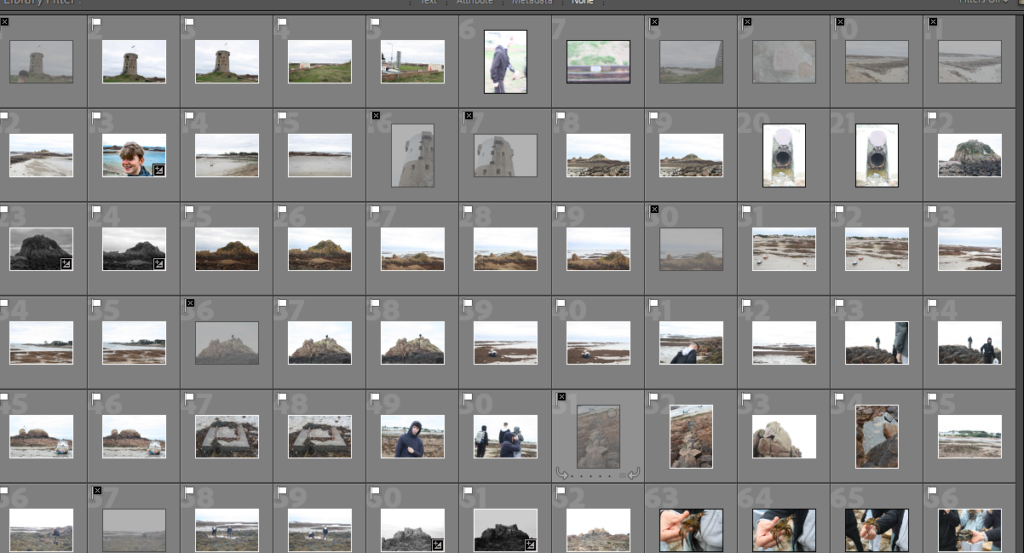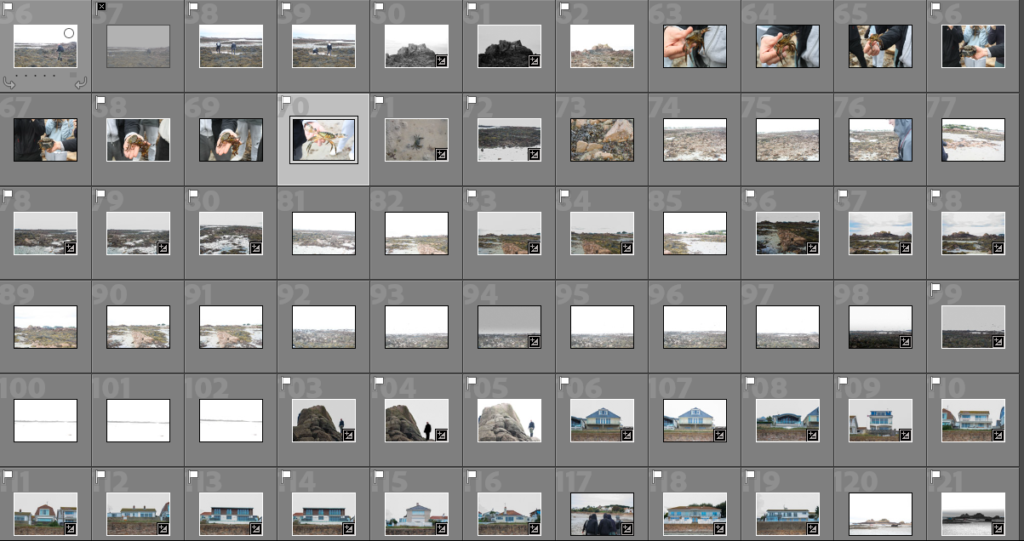History
the Societe Jeriaise’s mission is to produce and facilitate research on the Island’s history, culture, language and environment; and to share that knowledge with the broadest possible audience for the benefit of our island community. The Société holds extensive bibliographic, cartographic, photographic and research collections which act as their long-term memory. These collections provide a vital resource informing contemporary study and value for the community through a greater understanding of our shared heritage, identity and environment.
The Société Jersiaise was founded in January 1873 by a small number of Islanders who were interested in the study of the history, the language and the antiquities of Jersey. Once the Société Jersiaise was up and running memberships grew quickly and the aims of the new society soon included a variety of publications of historical documents, the founding of a museum and the study of the Island’s natural history. The Société’s first Bulletin Annuel was issued in 1875 and remains the main record of their activities.
The Societe’s Museum found a permanent home in 1893 when they moved to 9 Pier Road, a large early nineteenth-century merchant’s house. The Museum and its extensive Museum collections are now looked after by Jersey Heritage but they continue to add to its collections annually. In 1977 they built a large extension to our Museum on the site of No 7 Pier Road to house the library and meeting rooms. Their Headquarters contains their offices and purpose-built archive storage.
The Museum and other collections have been largely built up through gifts and bequests which has ensured its preservation of many important items with relevance to Jersey including; books, manuscripts and maps, photographs, prints and paintings, archaeological finds and historical items.
Emile F Guiton
Honorary Curator of the Museum and Editor of the Annual Bulletin, Emile F Guiton is considered to be the founder of the Photographic Archive at the Société Jersiaise. He was also an excellent photographer making use of a rapidly expanding medium in the early 20th century to record important historical sites, events and objects.
In honour of Emile and his legacy, the Societe Jersiaise decided to launch Éditions Emile, with each issue of ED.EM. They take a fresh look at a specific collection within the archive, pairing it with either another collection or contemporary work, in order to re-contextualise the images, keeping the collections active and relevant for new audiences.
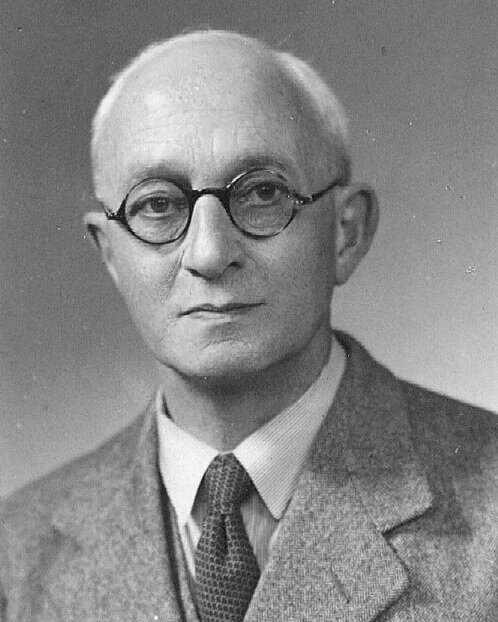
The surname Guiton is said to be on the derivation of Jersey names to come from the old French word for ‘page-boy’. But, other sources suggest that while of ancient French origin, that this surname may be an occupational name for a professional guide which was a very important role when maps were either non-existent or not to be trusted.
The Guiton family had become involved in newspapers just a few weeks after the Jersey Evening Post had launched. The JEP had been founded by HP Butterworth who used Walter Guiton as his printer. Seeing this as a big opportunity, Guiton bought the title and it remained in his family until 2003.
Edwin Dale
Edwin Dale was born in January of the 1880s and has left an extensive collection of photographs of the island views which were taken between 1910 and 1920 some may have been taken earlier. There is a selection in the Photographic Archive of La Societe Jersiaise and some images are also held by private collectors.

Dale made a living by running his father’s boot, shoe and leather shop which was found at 63 New Street but he still had a passion for photography, some of his favourite places to photograph were harbour scenes and steamships, churches, houses, country lanes and coastal views, sport and the railways. He also adventured into portraiture and photographs of islanders at work. Dale also had a motorcycle which he used to travel around the island to take his photographs. In the 1910s some of Dales’s images were published as a series of postcards and many were numbered among the most iconic images of the island.







